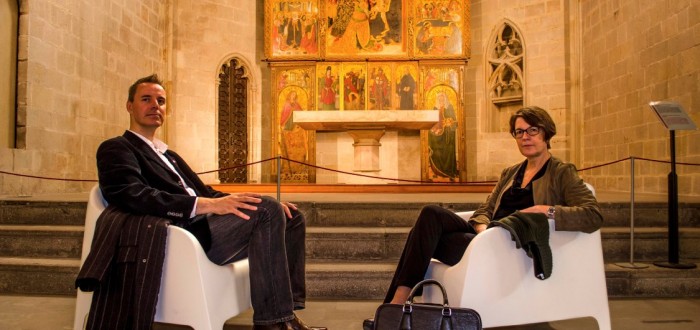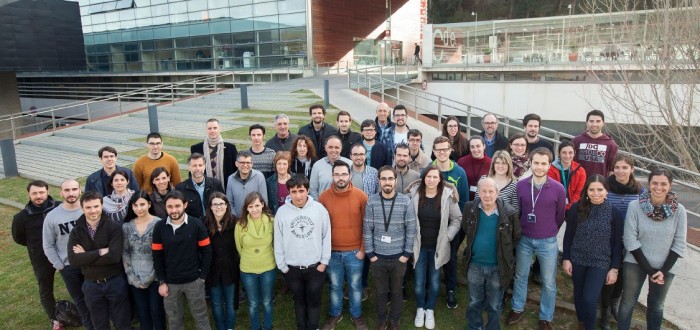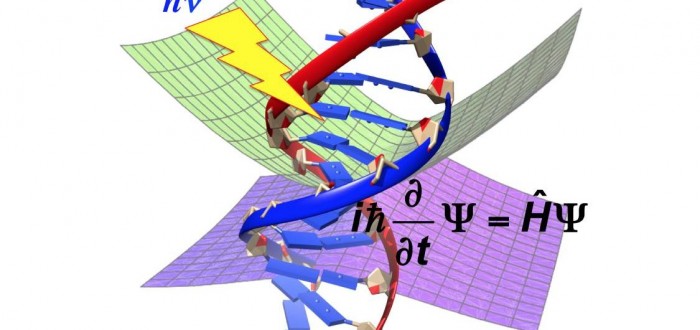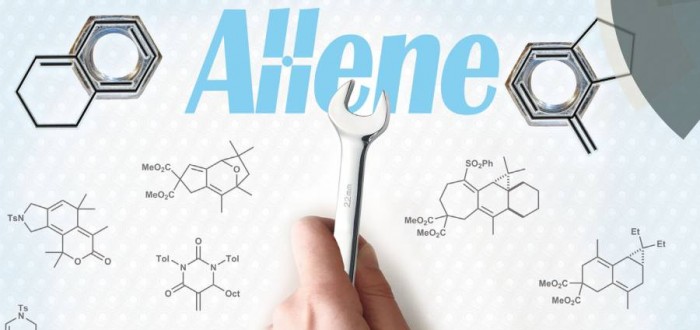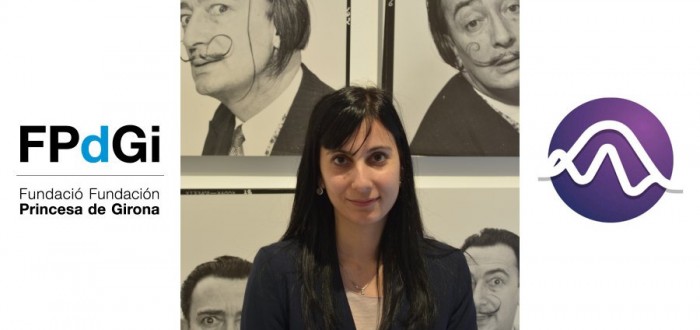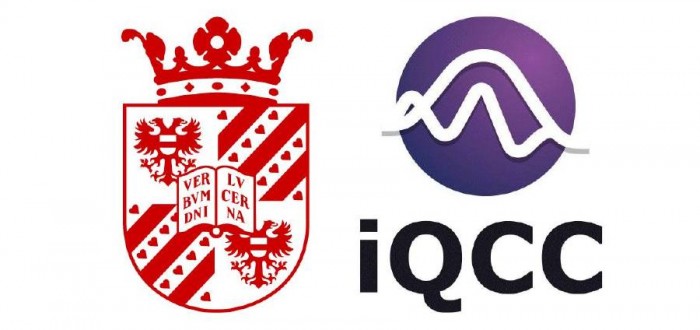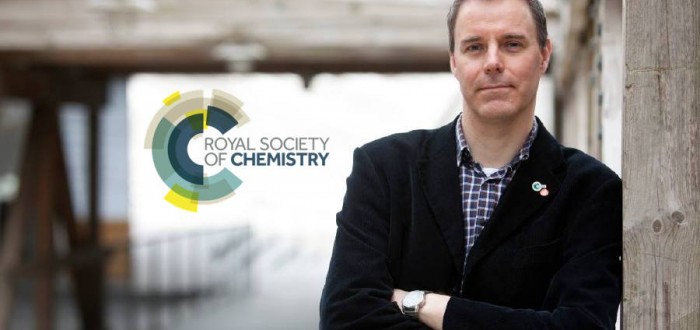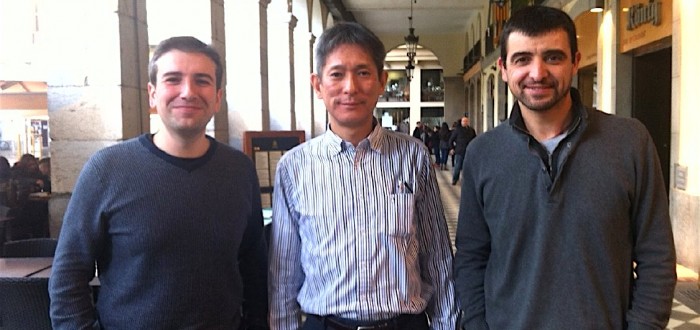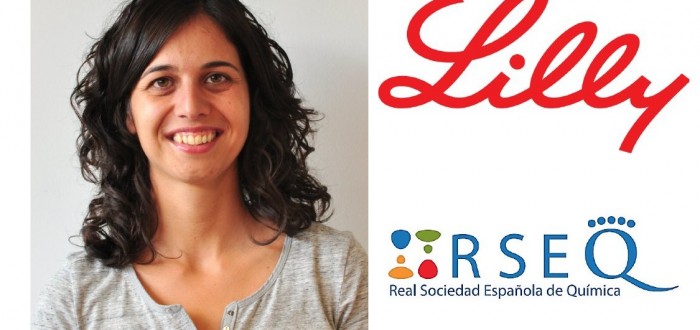Prof. Marcel Swart participates in the continuation of the International Dialogue Project by the Young Academy of Europe. This Dialogue project was started by Anne Buttimer and Torsten Hagerstrand during the 1970s, and consisted of a large number of video interviews with eminent scientists in Geography and other fields of science, which provide fascinating insights
- sec.iqcc@udg.edu
- +34 972 41 83 57
News
The Institute of Computational Chemistry and Catalysis (IQCC) of the University of Girona (UdG) is a worldwide reference unit in computational chemistry and catalysis that aims at carrying out groundbreaking research on predictive chemistry for catalysis, with special focus on the processes occurring at the confined space for the coming years. One of the pillars
A themed PCCP issue with a collection of articles on “Electron delocalization and aromaticity: Celebrating the 150th Anniversary of the Kekulé Benzene Structure” has been edited by Prof. Dr. Gabriel Merino from CINVESTAT (Mérida) and Miquel Solà from the Institute of Computational Chemistry and Catalysis (IQCC). These researchers have written the corresponding editorial and designed
How do the DNA components survive excitation by UV light? This question is of great importance to understand how the genetic code can be safely transmitted, or how the DNA components were selected by evolution. Computational chemistry has given some answers by elucidating the mechanisms of the main photoactivated processes involving the DNA nucleobases and
A tutorial review on the use of allenes in transition metal catalyzed cyclodadditions has been recently published in Chemical Society Reviews by three members of the IQCC. The work –authored by Agustí Lledó, Anna Pla-Quintana and Anna Roglans– has been highlighted on the inside front cover of the April 21st issue.
Sílvia Osuna Oliveras (Castelló d’Empúries, 1983), researcher of the Institut de Química Computacional i Catàlisi (IQCC) of the University of Girona has been awarded the Premi Fundació Princesa de Girona Recerca Científica 2016 for her development of new methods for the design of enzyme catalysts that can be used for the production of medicine. The
Yesterday we had the pleasure of being visited by the groups of Prof. Wesley Browne and Dr. Edwin Otten of the Stratingh Institute at the University of Groningen, who came to Girona on their annual Work Week. For this nice occasion, young researchers from both Girona and Groningen organized a one-day Young Researchers Symposium. At
ICREA Research Professor Marcel Swart has recently been selected as a Fellow of the Royal Society of Chemistry (RSC). This scientific society, founded in 1980, aims to promote the understanding and advancement of the chemical sciences. Although the vast majority of more than 50,000 members of the association are British, this is also open to
Today we had the pleasure of having Prof. Ken Sakai visiting the IQCC, and giving a seminar on “Molecular Photocatalysis and Electrocatalysis Towards Solar-driven Water Splitting” Dr. Sakai is from the Department of Chemistry, Faculty of Science, Kyushu University, Japan and visited the IQCC during the whole day and had discussions with many people.
Today the Real Sociedad Española de Química announced that Dr. Anna Company received the Premio Lilly al Joven Investigador 2016, for her outstanding scientific career. This prize is rewarded annually to young Spanish researchers (under the age of 40) that have shown excellent scientific quality and stand out for their professional career. She will deliver the Conferencia

